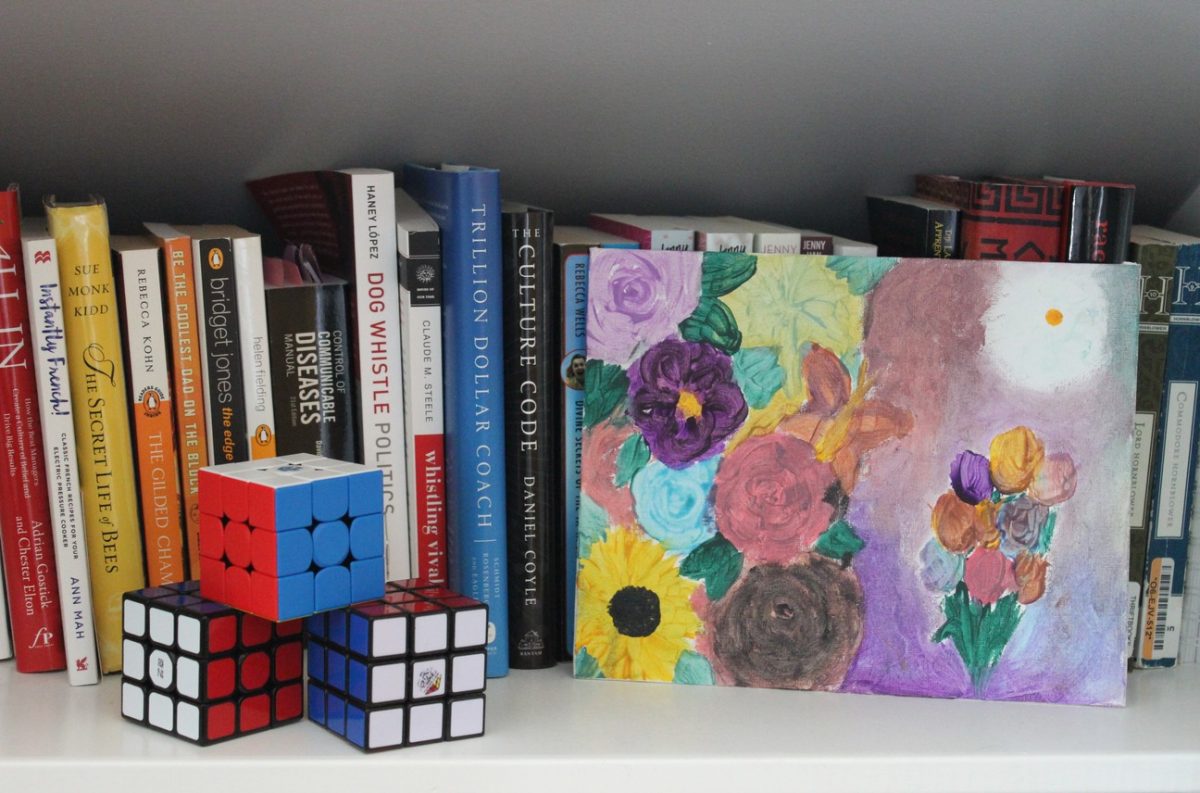
Tom Hooper’s new musical movie “Les Miserables,” which has won three Golden Globes and is currently nominated for eight Oscars, focuses on obscure French political history, and ends with most of the cast members dead or traumatized. All in all, it was a perfect movie to go see with your family on Christmas.
Hooper was not the first director to take on the challenge of “Les Miserables.” Since the novel was first published in 1862 by French author Victor Hugo, there have been numerous movie, TV and stage adaptations of it worldwide, each one providing its own take on Hugo’s story of Jean Valjean, an ex-convict struggling for freedom and redemption as revolution mounts in nineteenth century France. So what makes this one significant?
Hooper’s adaptation was not particularly new and exciting compared to the many adaptations that have gone before it, but one of the major changes in his production was the method of filming. Although modern musicals are usually recorded first with accompaniment, then filmed with the actors lip-syncing to their own soundtracks, Hooper filmed each actor singing live in a single cut, and then added the full orchestra in afterward.
Hooper’s intent with the unique filming system was to help the actors connect to the songs they were singing as they were filmed, and give the music more continuity. In some cases, it worked—Anne Hathaway gave an amazing performance as Fantine, a single mother turned prostitute with her iconic song “I Dreamed a Dream.” And in “Master of the House” and countless other numbers, Sasha Baron Cohen and Helena Bonham Carter got plenty of laughs with their over-the-top portrayals of the morally bankrupt pair of innkeepers who take care of Fantine’s daughter Cosette. Other actors, though, seemed to have trouble both simultaneously acting and singing. Russell Crowe was particularly lukewarm in his role as Javert, Valjean’s uncompromising and dogged parole officer.
Although some of the music suffered as a result of Hooper’s decision, the acting was still for the most part impressive. Many of the actors played well off of each other. Amanda Seyfried, Eddie Redmayne and Samantha Barks had an impressive love triangle as Cosette, her boyfriend Marius and Marius’s friend Eponine. Still, some of the best scenes in the movie were not the cameos of main characters, but the ensemble numbers with the supporting cast.
In the very first scene, convicts in a shipyard performed an amazing overture while being buffeted by enormous freezing waves, setting the tone of the misery and wretchedness of the lower classes of France. Many of the scenes with the poor masses on the streets were also fantastic, from the unemployed crowds swarming the alleys in “At The End Of The Day” to the underclass of Paris rallying around the revolutionaries promising them a better life in “Look Down.” The extras had a fantastic energy, and did an amazing job conveying their disgust with the decadent and selfish ruling classes. By the time the movie culminates in revolution in the iconic number “Do You Hear the People Sing,” the audience almost wants to join the characters on the barricades as they fight for their freedom.
From stormy seas and sinister forests to grimy slums and filthy sewers, “Les Miserables” had some amazing sets. Although countless hours of work must have went into the more mundane city sets, the barricade that the revolutionaries build to hold back the French Army during their short-lived rebellion takes the cake. Comprised of hundreds of smashed chairs, tables, coffins, wagons, beds, doors and pianos, the barricade was an amazing composite structure, immediately drawing the audience’s eyes.
One of the more interesting aspects of the movie was the historically accurate hair and makeup. Unlike most movies, which deck out their performers with perfectly glowing skin, sparkling eyes, and lustrous hair, the makeup artists for “Les Miserables” stayed mindful of the fact that people in 1832 had very different standards of cleanliness and beauty than those in 2012. Almost everyone’s face was slightly ruddy with dirt, older characters wore their wrinkles unabashedly and many of the women had noticeably greasy hair. When Valjean and Marius escaped from the French Army through the Paris sewer system, they came out looking not like rugged heroes, but like men coated in feces. Although it took a little while to adjust to the strange sight of less than perfectly attractive stars, it was a nice touch that helped anchor the movie in the past.
The 2012 “Les Miserables” wasn’t a particularly original movie, with its plot, dialogue and music all already played out countless times before Hooper even got his hands on it. But Hooper added some great elements of his own, and masterful acting, sets, and makeup combined to make “Les Miserables” an impressive movie well worth watching.
Photo courtesy of IMDb









